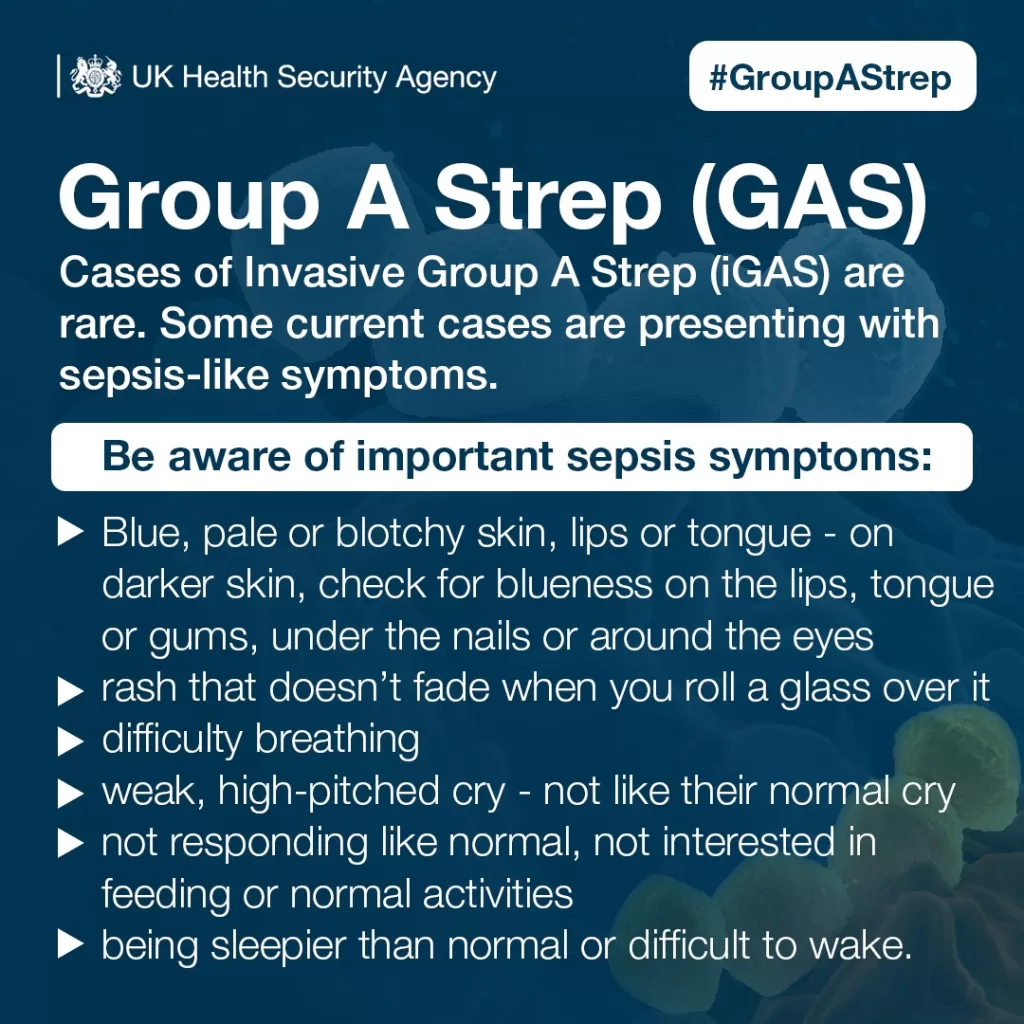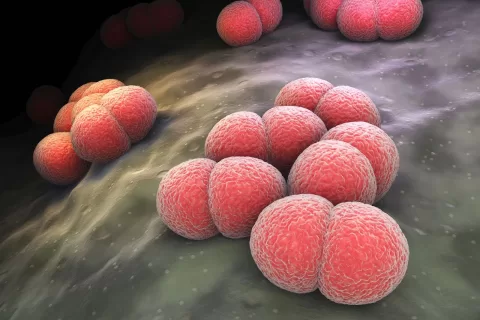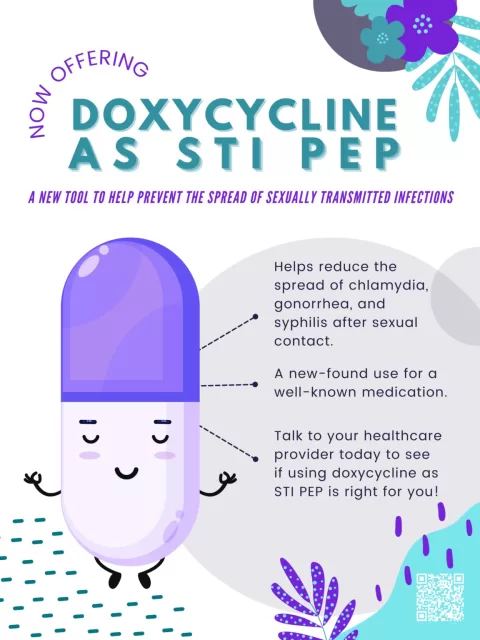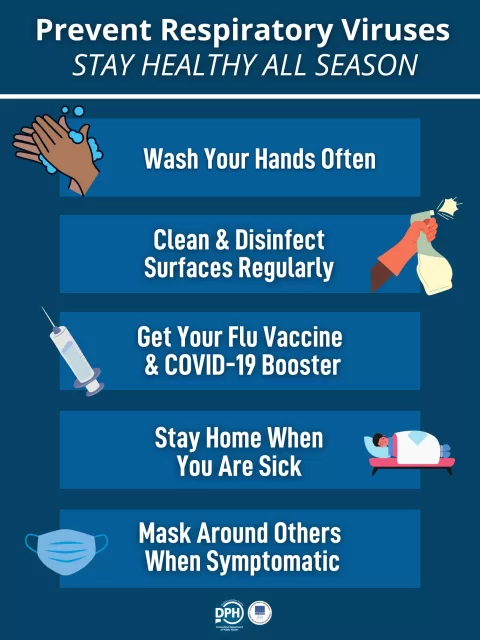Group A Streptococcus infections, primarily caused by Streptococcus pyogenes, are a significant public health concern, especially within certain vulnerable populations like American Indians. The alarming rates of invasive GAS disease documented in the White Mountain Apache Tribe from 2016 to 2019 underscore the need for targeted public health interventions. This demographic experiences severe GAS infections at proportions exceeding those found in the wider American population, highlighting an urgent need for awareness and action. In particular, the study revealed that 36% of severe cases affected females, often exacerbated by co-infections with Staphylococcus aureus. Through understanding the distribution of emm types and epidemiological trends, we can better equip communities to combat the growing threat posed by GAS infections.
Infections caused by Group A Streptococcus, also referred to as GAS, represent a troubling health issue marked by various clinical manifestations, including severe and invasive diseases. The recent research highlights the vulnerability of Indigenous populations, notably the White Mountain Apache community, where these infections occur at disproportionately high rates. Beyond merely identifying cases, the studies emphasize the necessity for effective public health strategies to reduce disease prevalence. Furthermore, understanding the genetic diversity of GAS strains is crucial for developing tailored prevention efforts. Addressing these infections with culturally appropriate interventions can empower affected communities and promote better health outcomes.
Understanding Group A Streptococcus Infections
Group A Streptococcus (GAS), scientifically known as Streptococcus pyogenes, is a bacterium that can lead to both mild and severe infections, often resulting in serious health complications. In the context of American Indian populations, particularly within the White Mountain Apache Tribe, the rates of invasive GAS infections are alarmingly high. This bacterium resides naturally in the throat and skin but can lead to critical issues such as necrotizing fasciitis or streptococcal toxic shock syndrome when it invades deeper tissues or the bloodstream. The implications of these infections extend beyond individual health, straining healthcare resources in already vulnerable communities.
In recent years, public health officials have noted an upward trend in hospitalizations due to severe GAS infections among American Indians. This spike indicates a pressing health crisis that necessitates immediate intervention. Factors contributing to the increased susceptibility of these populations include socioeconomic disadvantages, lack of access to healthcare, and a greater prevalence of pre-existing conditions. By focusing on targeted interventions and heightened awareness, communities can begin to combat the high incidence and severity of GAS infections.
GAS Infections in the White Mountain Apache Tribe
The White Mountain Apache Tribe has seen some of the highest reported rates of invasive Group A Streptococcus infections in the United States. From 2016 to 2019, a detailed study highlighted a concerning trend where the age-standardized incidence rate reached 554.2 per 100,000 individuals, significantly higher than national averages. Particularly troubling is the finding that a substantial portion of these severe cases presented co-infections with pathogens like Staphylococcus aureus, further complicating treatment and recovery. The community’s struggle highlights the need for targeted public health strategies to manage and reduce the impact of these infections.
Data from this region indicate distinct patterns in the circulating emm types associated with GAS infections, with types 82, 6, and 60 being predominant among pharyngitis isolates. Such insights into the local epidemiology of GAS can inform public health interventions, ensuring they are culturally relevant and specifically tailored to the populations at risk. Investments in preventive measures, including educational campaigns to raise awareness about the signs and symptoms of GAS infections, could prove invaluable in lowering infection rates and improving overall health outcomes within the White Mountain Apache community.
The Urgency for Public Health Interventions
The high incidence of severe Group A Streptococcus infections among American Indians, particularly in the White Mountain Apache Tribe, underscores the urgent need for effective public health interventions. With almost half of severe GAS cases detected in a sample population reporting co-infections, healthcare practitioners should prioritize interdisciplinary approaches that encompass not only treatment but also preventive strategies. Such strategic actions could significantly mitigate the burden of disease as observed with the significant rates of hospitalization and mortality in this group.
Engaging with the community to implement culturally sensitive health programs can help address these disparities in health outcomes. For instance, educational outreach regarding risk factors and promoting regular health screenings can empower individuals to seek care earlier, potentially reducing severe cases. Additionally, increasing access to health resources, coupled with public health campaigns, can foster proactive engagement in preventive health measures, which is crucial in a population disproportionately affected by invasive GAS disease.
Co-infection Challenges in Severe GAS Cases
The occurrence of co-infections notably complicates the treatment and management of Group A Streptococcus infections in populations like the White Mountain Apache. In the reported data, 47.2% of patients with severe GAS infections were also infected with Staphylococcus aureus. This co-infection not only exacerbates the severity of the disease but also complicates the therapeutic approaches typically employed in clinical settings. Healthcare providers must consider these intricate dynamics when formulating treatment plans and managing patient conditions.
Co-infections can lead to higher rates of morbidity and longer recovery times, which stresses the importance of comprehensive care that addresses multiple pathogens. By conducting further research into the epidemiology of these co-infections and how they interact with GAS, public health officials can enhance treatment protocols and develop more effective preventative strategies. This focus on the interplay between different infectious agents is essential for improving health outcomes in at-risk populations.
The Socioeconomic Impact on GAS Infection Rates
The socioeconomic conditions prevalent in American Indian communities significantly influence the patterns of Group A Streptococcus infections. High poverty rates and limited access to healthcare are among the factors that contribute to the elevated incidence of severe and invasive GAS diseases. For the White Mountain Apache Tribe specifically, these socioeconomic challenges create an environment where health disparities are pronounced, often leading to delayed diagnoses and treatment. Addressing these underlying conditions is vital for sustainable public health outcomes.
Increasing resources and support for health facilities in tribal areas can provide significant benefits in combatting GAS infections. Strategies may include developing partnerships with local organizations to expand healthcare access and facilitate health education campaigns that raise awareness about preventive measures. By directly targeting the social determinants of health, stakeholders can work toward reducing the prevalence of invasive GAS disease in underrepresented communities.
Understanding the Epidemiology of Emm Types
An important aspect of managing Group A Streptococcus infections is understanding the distribution and characteristics of emm types. In the study of the White Mountain Apache Tribal lands, emm types 82, 6, and 60 were identified as leading causes of infection, particularly among pharyngitis cases. Such knowledge not only informs clinical practices but also aids public health strategies tailored to effectively control outbreaks of specific strains. Tracking these emm types can help predict possible shifts in infection patterns and guide vaccine development.
The identification of prevalent emm types allows public health officials to focus their efforts based on the strains affecting the community. This targeted approach facilitates effective vaccine development and responsive treatment strategies that are crucial in settings where GAS infections are disproportionately high. By addressing the local epidemiology of these strains, healthcare authorities can implement timely measures that align with the community’s specific health needs.
Cultural Sensitivity in Health Interventions
When implementing public health interventions for reducing Group A Streptococcus infections, cultural sensitivity is pivotal. The White Mountain Apache Tribe has unique traditions and values that must be acknowledged and respected in health promotion activities. Engaging community leaders and members in the planning process ensures that health messages resonate with the intended audience, hence improving the likelihood of positive health behaviors. Tailoring interventions to align with cultural beliefs and practices is essential for fostering acceptance and compliance.
Culturally informed health interventions can take many forms, including incorporating traditional practices alongside conventional medical care. By fostering trust and collaboration between healthcare providers and community members, initiatives can reduce the stigma surrounding infectious diseases and encourage individuals to seek medical help promptly. Ultimately, these efforts can lead to improved health outcomes and a decrease in the rates of severe and invasive GAS infections among the White Mountain Apache population.
Future Directions for GAS Research
As research continues to evolve regarding Group A Streptococcus, particularly within at-risk populations like the White Mountain Apache Tribe, future studies should prioritize identifying effective treatment options and preventive measures. Understanding the genetic diversity of GAS strains and their epidemiological trends can significantly contribute to the development of targeted vaccines. The insights gained from studying invasive GAS infections can pave the way for innovative approaches to managing these diseases effectively.
Moreover, collaborations between researchers, tribal health organizations, and public health authorities can facilitate comprehensive data collection and analysis. This collaborative framework is essential for addressing the complex health disparities faced by American Indian populations. Moving forward, integrating quantitative findings with community feedback will ensure that interventions are not only scientifically grounded but also culturally applicable, ultimately striving toward healthier communities less burdened by GAS infections.
The Role of Public Health Education in Prevention
Public health education plays a vital role in preventing Group A Streptococcus infections. By disseminating clear, actionable information about GAS, including its symptoms and transmission methods, communities can empower individuals to recognize potential infections early. Education initiatives should focus on promoting good hygiene practices, such as handwashing and recognizing the importance of seeking medical attention for sore throats and skin infections that do not improve over time. Engaging schools, community centers, and local leaders can amplify these messages across various demographics.
Additionally, health education efforts should emphasize the importance of vaccination and infection control measures, especially in high-risk populations like those in the White Mountain Apache Tribe. By fostering a proactive approach to health management through education, communities can significantly minimize the occurrence and severity of GAS infections. Public awareness campaigns can also encourage individuals to stay informed about local health resources, ultimately creating a culture of prevention and wellness that benefits all community members.
Frequently Asked Questions
What are the common symptoms of Group A Streptococcus infections in American Indians?
Group A Streptococcus infections, particularly prevalent among American Indians, can lead to symptoms such as sore throat, fever, skin infections, and in severe cases, invasive diseases like necrotizing fasciitis or streptococcal toxic shock syndrome.
How do GAS infections in the White Mountain Apache Tribe compare to the general population?
The rates of Group A Streptococcus (GAS) infections in the White Mountain Apache Tribe are significantly higher than those found in the general US population, highlighting the need for targeted public health interventions.
What factors contribute to the high rates of invasive GAS disease among American Indian populations?
High rates of invasive GAS disease among American Indian populations are linked to socioeconomic factors, including poverty and prevalence of chronic health issues such as diabetes and hypertension, which exacerbate health outcomes.
What types of co-infections are common with Group A Streptococcus infections?
Co-infections with Staphylococcus aureus are common among patients with Group A Streptococcus infections, particularly in severe cases, complicating treatment and recovery.
What public health interventions are recommended to address GAS infections in American Indian populations?
Culturally sensitive public health interventions, including early recognition of symptoms, community education, and improved access to healthcare, are critical to reducing rates of Group A Streptococcus infections among American Indian populations.
What are the most common emm types of Streptococcus pyogenes found in the White Mountain Apache Tribe?
The most common emm types of Streptococcus pyogenes found among severe Group A Streptococcus infections in the White Mountain Apache Tribe include types 82, 6, and 60, which contribute to the high incidence rates observed.
Why is there an urgent need for intervention programs targeting GAS infections in underserved communities?
There is an urgent need for intervention programs targeting Group A Streptococcus infections in underserved communities like the White Mountain Apache Tribe due to the significantly high rates of severe infections that surpass those in the general population.
How has the incidence of GAS infections changed from 2016 to 2019 in the White Mountain Apache Tribal lands?
Between 2016 and 2019, the incidence of Group A Streptococcus infections in the White Mountain Apache Tribal lands increased, with a notable age-standardized rate of 554.2 per 100,000 persons reported in 2018-2019.
| Key Point | Details |
|---|---|
| Population Studied | American Indian populations in White Mountain Apache Tribal lands, Arizona. |
| Study Period | 2016–2019 |
| Severe Cases Reported | 113 severe cases and 48 invasive cases identified during the study. |
| Incidence Rate | 554.2 per 100,000 persons during 2018–2019. |
| Co-infection Rate | 47.2% of severe cases were co-infected with Staphylococcus aureus. |
| Common emm Types | Identified types include 82 (36.3%), 6 (22.2%), and 60 (16.3%). |
| Socioeconomic Context | High poverty rates and prevalence of health issues like diabetes contributed to increased risk. |
Summary
Group A Streptococcus infections pose a significant health issue, particularly among American Indian populations. The study conducted on the White Mountain Apache Tribal lands from 2016 to 2019 highlights alarming rates of severe and invasive GAS infections. With a substantial incidence rate and evidence of co-infections with Staphylococcus aureus, it is evident that socio-economic factors are heavily contributing to the health disparities seen in these communities. Immediate interventions and targeted health programs are crucial to mitigate the impact of GAS infections and improve the overall health outcomes of the affected populations.
The content provided on this blog (e.g., symptom descriptions, health tips, or general advice) is for informational purposes only and is not a substitute for professional medical advice, diagnosis, or treatment. Always seek the guidance of your physician or other qualified healthcare provider with any questions you may have regarding a medical condition. Never disregard professional medical advice or delay seeking it because of something you have read on this website. If you believe you may have a medical emergency, call your doctor or emergency services immediately. Reliance on any information provided by this blog is solely at your own risk.








